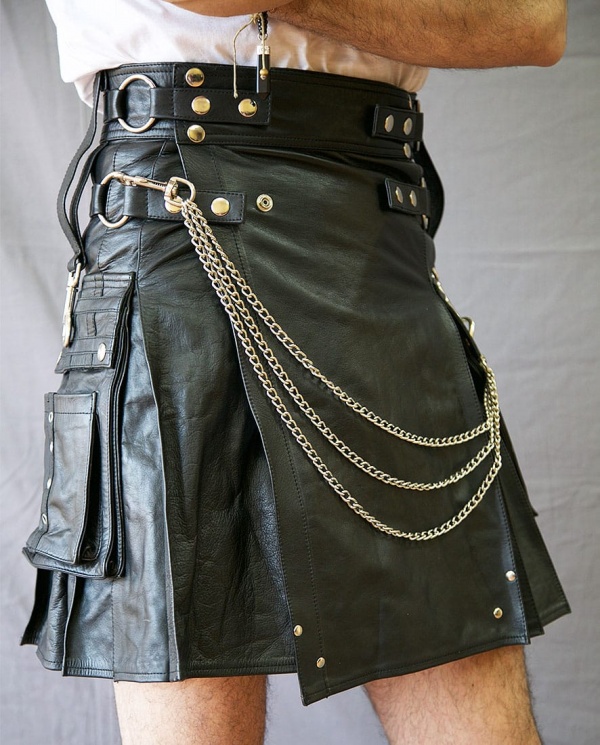KILTS AND SMITHSKilts are certainly one of the more iconic symbols of Scotland. In the recent pass, kilts could be found on men in a few contexts. Probably the most common context is a formal occasion. In some sense one might say the kilt was often worn in contexts where one might find men wearing tuxedos. Weddings are certainly events where kilt wearing would have been often expected. These events occur only occasionally and to some degree men tended to rent kilts for these occasions rather than buying them. Only if one attended a number of formal events on a regular basis would someone be likely to buy a kilt rather than rent them. After all a kilt requires a number of accessories such as sporrans, sgian dubhs, high stockings and flashes. Often men wear more formal shirts and jackets with the kilt on these formal occasions. Another context for kilt wearing was the military kilted regiments. It would not be uncommon to see members of the military wearing kilts. Bagpiper players also wore kilts when playing. So members of pipe bands, and street musicians who play the pipes were likely to own their own kilts. I was once told seeing a piper on the street playing without wearing a kilt would imply he was practising! Finally, men who work in the tourist industry might own their own kilts. Tourists more or less expect to see men in kilts and so one needs to wear one in order to conform to the stereotype. More recently, the wearing of the kilt has shifted and it is now found in more contexts than before. For example, many men know wear kilts to football (soccer) games. These kilts are usually not of the same quality as the more formal kilt and are somewhat cheaper. In addition, they tend not to wear the formal accessories. Although sporrans are generally needed since kilts typically lack pockets. In addition, men wearing kilts to sports events can be seen with low socks and work boots, T-shirts and far more relaxed clothing than would be worn to formal events. More recently the utility kilt has appeared which exhibits several differences with the more traditional kilt. Some are not made of wool, some have pockets. Some have fewer pleats. 
While in Texas, at a ham radio convention, two of the visitors were wearing kilts – and not the utility kind. One even sported a cap with a long feather which looked quite nice. The other was not so elaborately dressed, but wore a kilt with socks, flashes and sporran, but no jacket or special shirt. Neither of the gentleman was of Scottish descent. Recently, a man wearing a utility kilt was riding on the Staten Island ferry, and others have been seen on the streets of New York City. A television program called Forged in Fire pits several blade smiths against one another and a panel of experts criticizes and rates the works of the contestants. On more than one occasion, some of the competitors have appeared wearing kilts as have some of the judges. Later, a blacksmith in Grapevine Texas was forging away wearing a leather kilt. 
While some of the smiths had a Scottish ethnicity some did not. I had at one point asked the smiths about their use of heavy leather aprons and the heat they might generate. The smiths all claimed that the leather aprons protected not only against sparks and hot metal bits, but also from the heat from the forge. Some of the kilted smiths argued that the kilts were cooler than wearing pants because the air circulates under them. It would appear that the kilt, seems to be undergoing a kind of renaissance and is spreading into more contexts. It is particularly interesting to see that kilt wearing is spreading to men who are not wearing them as markers of some ethnic identity but simply as fashionable men’s wear. |